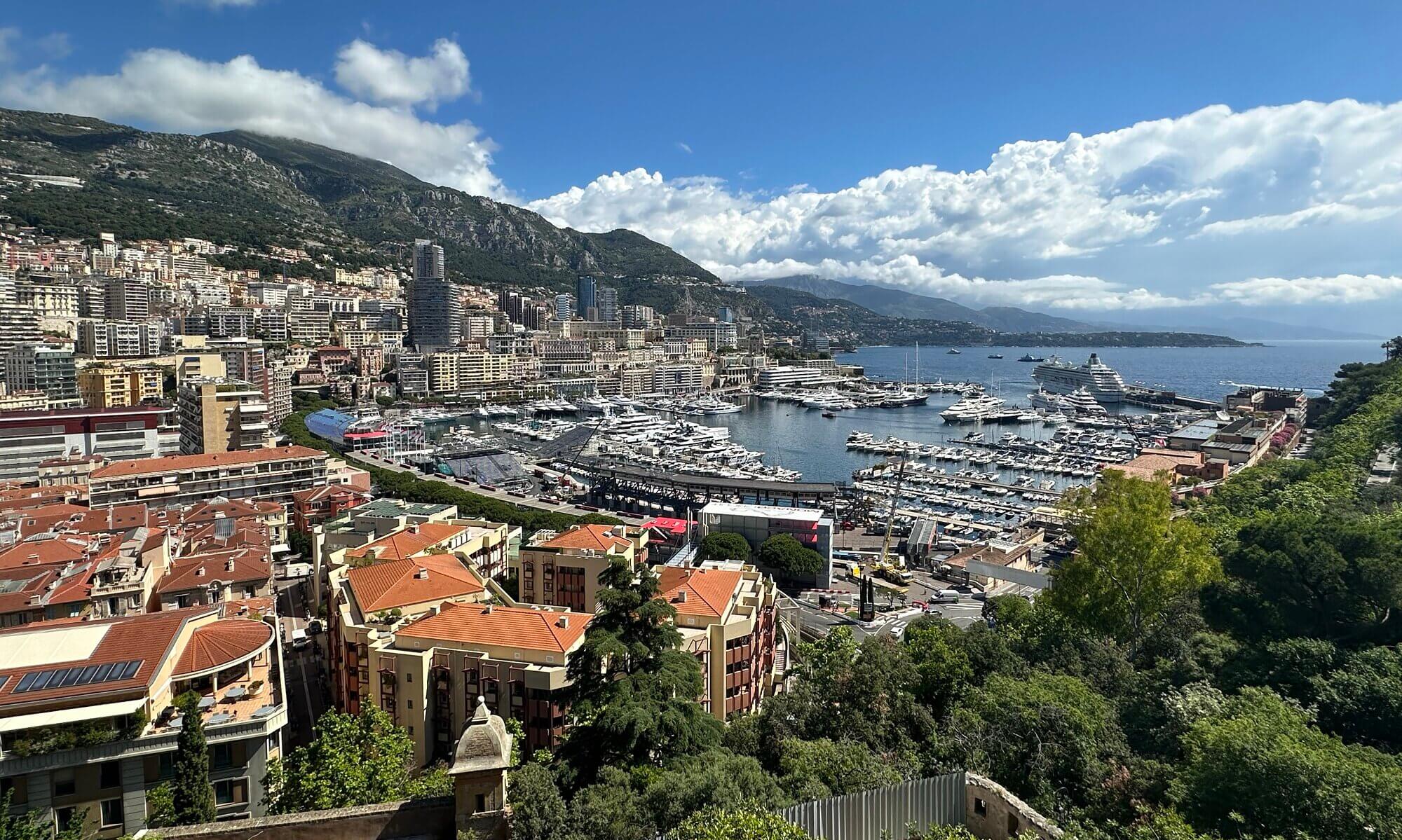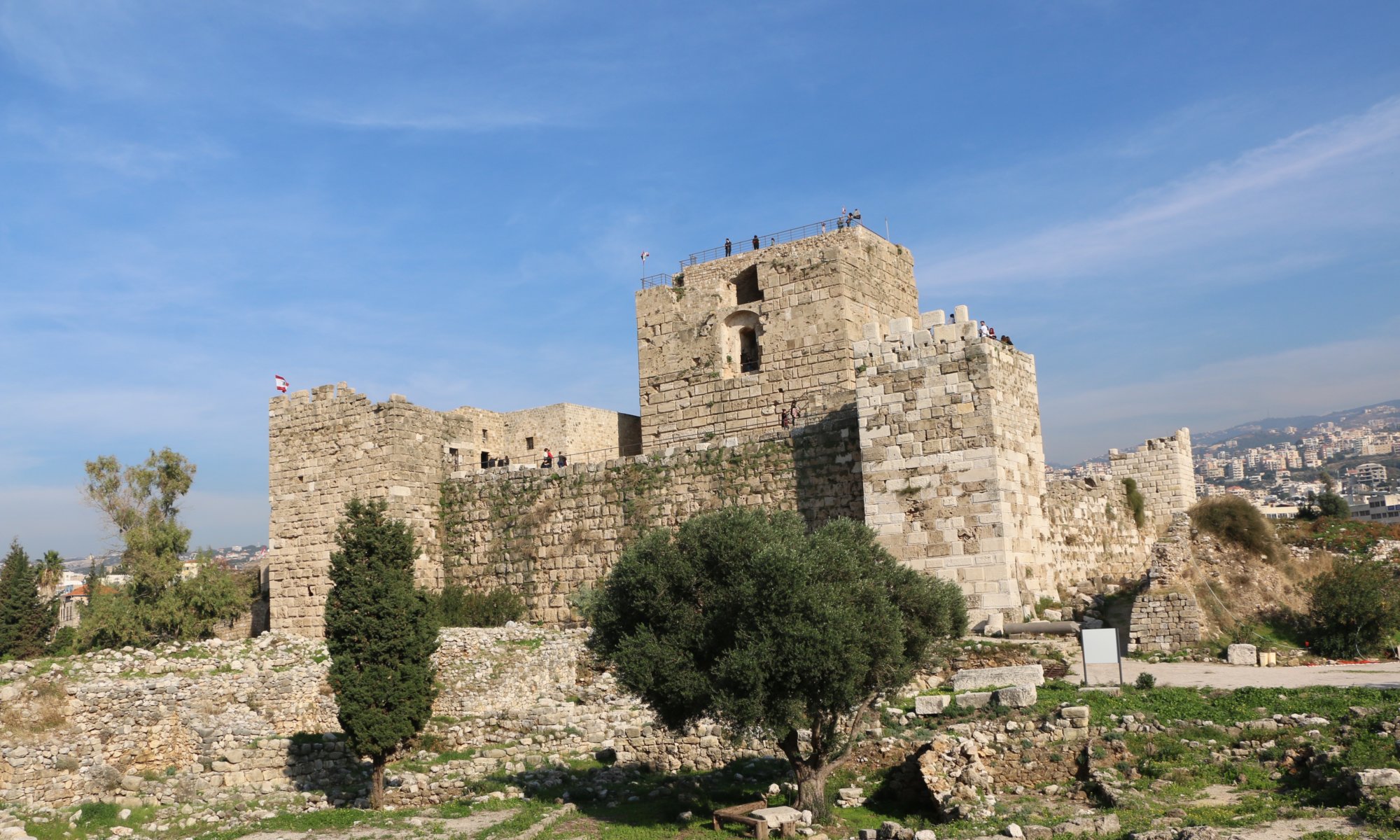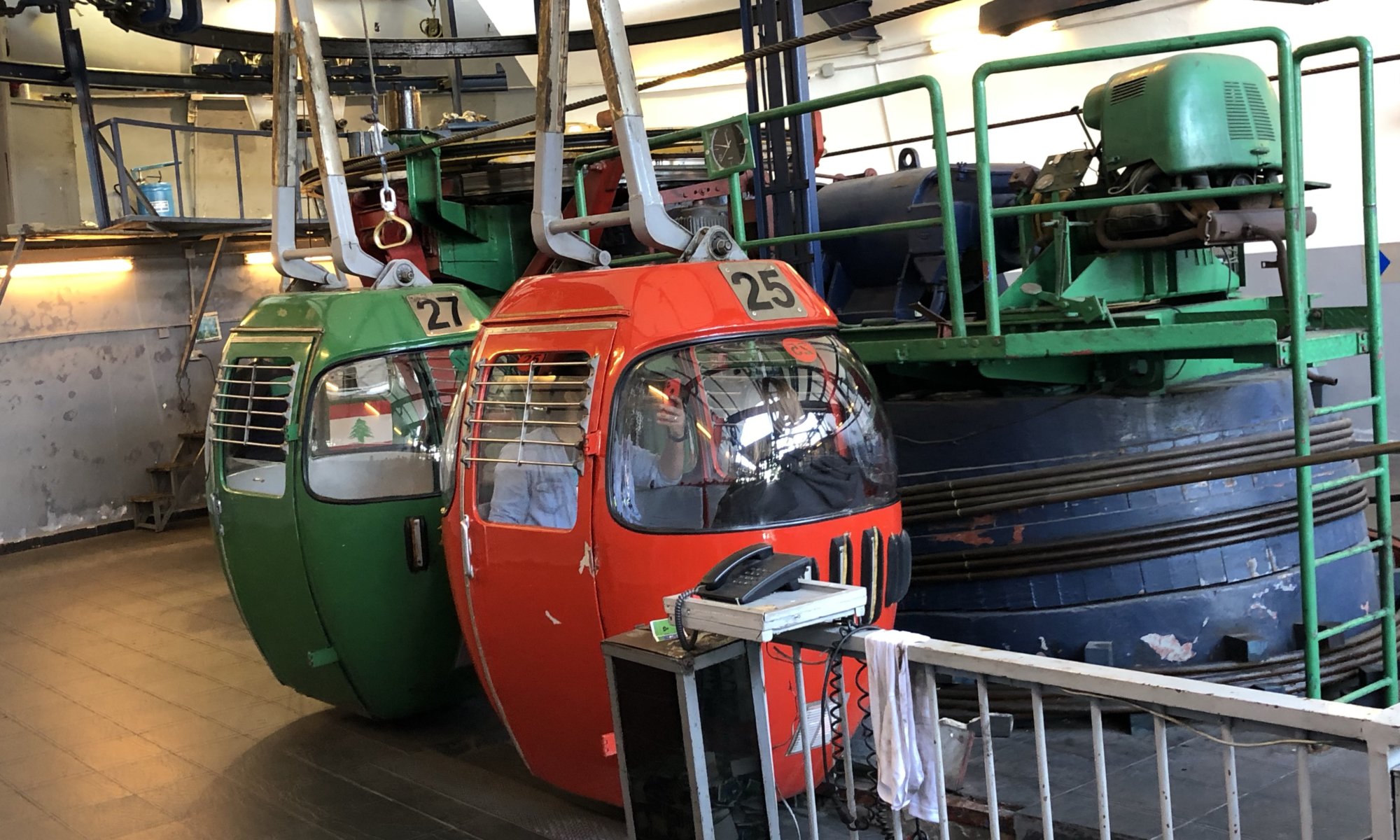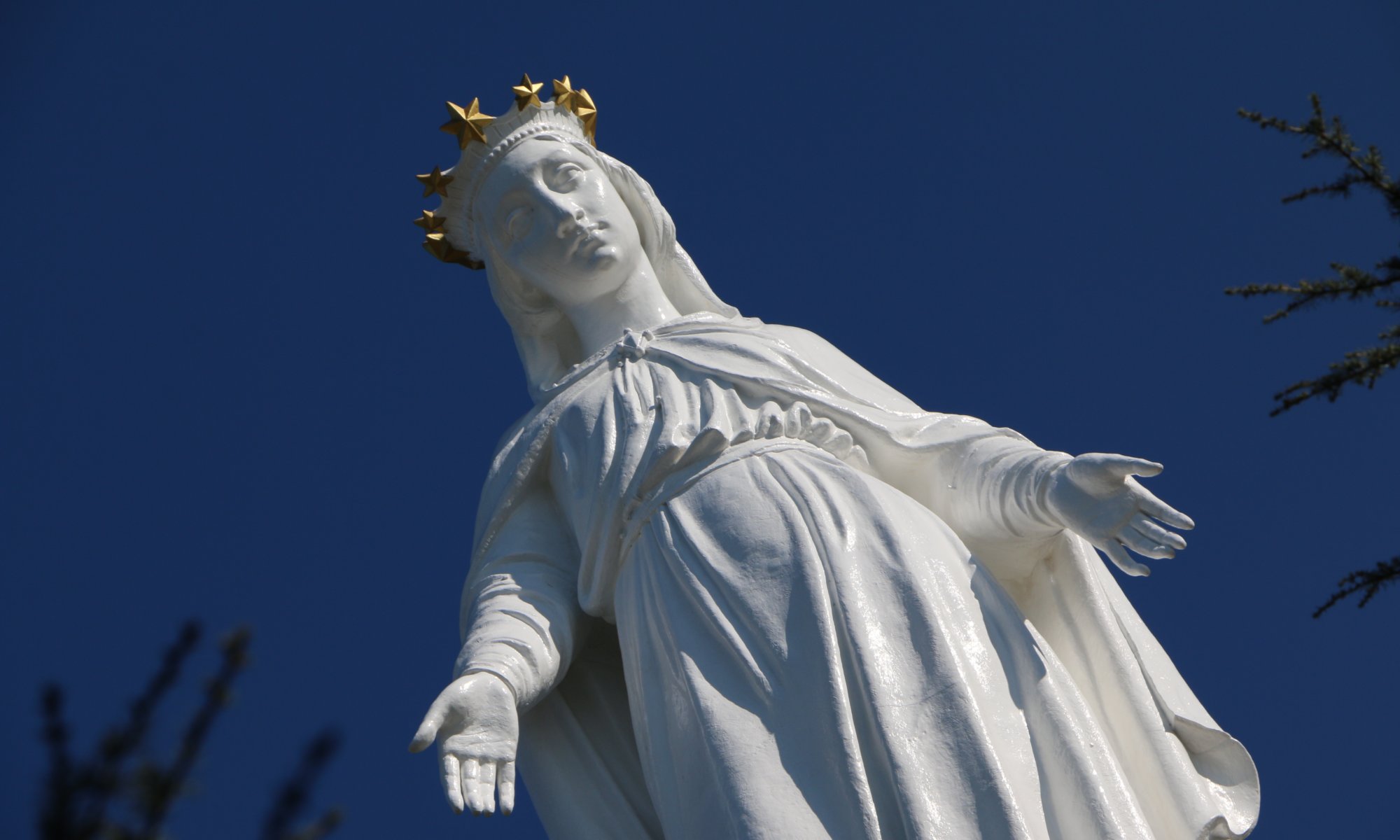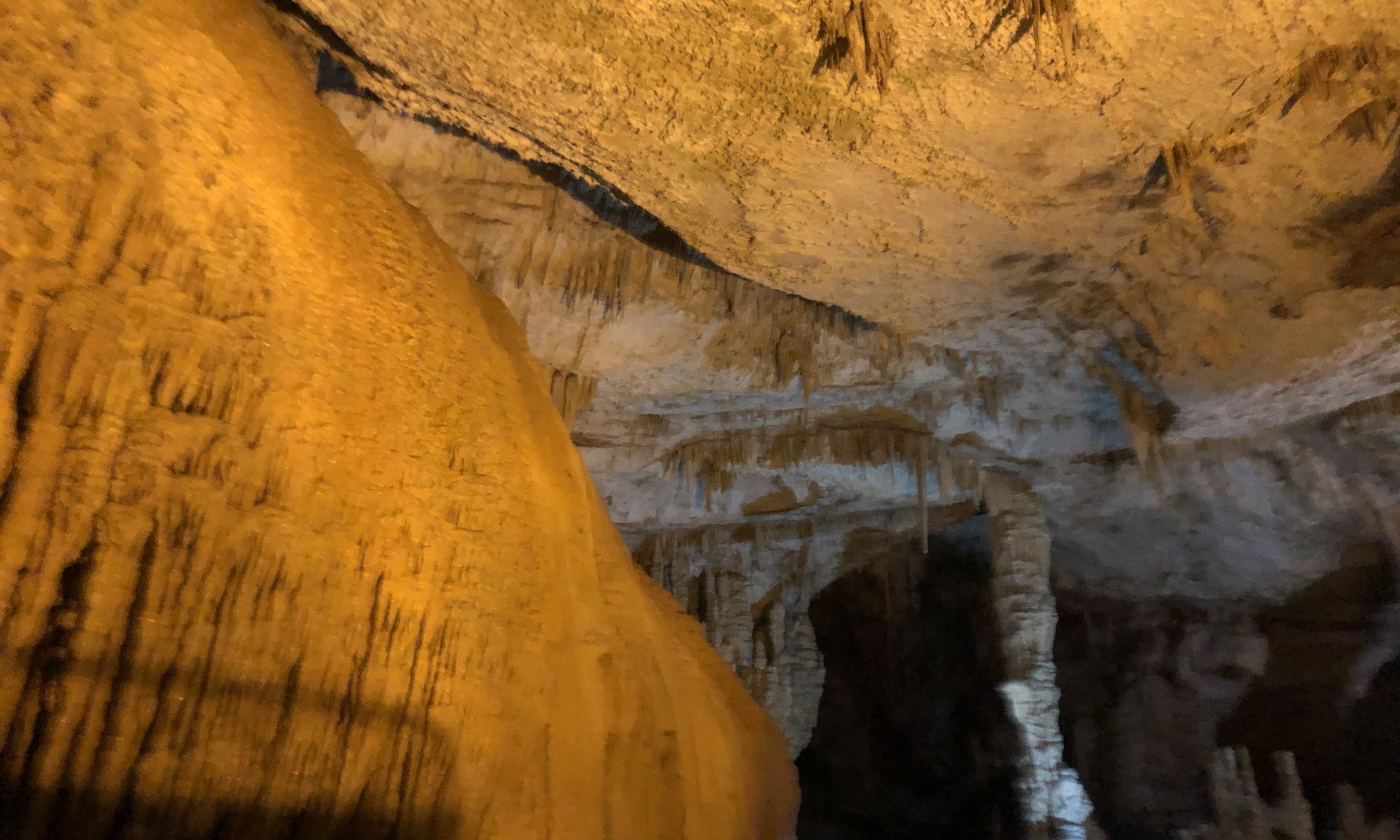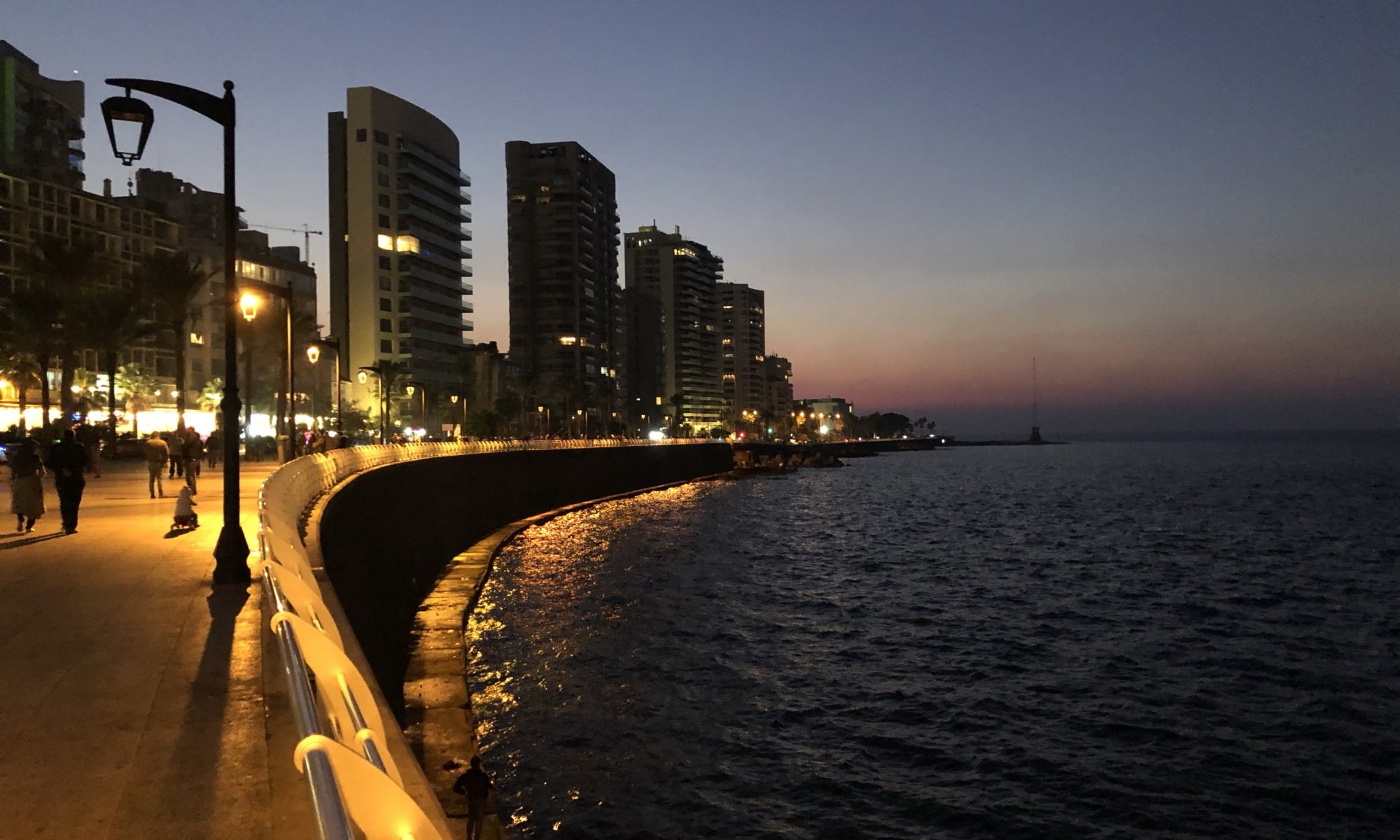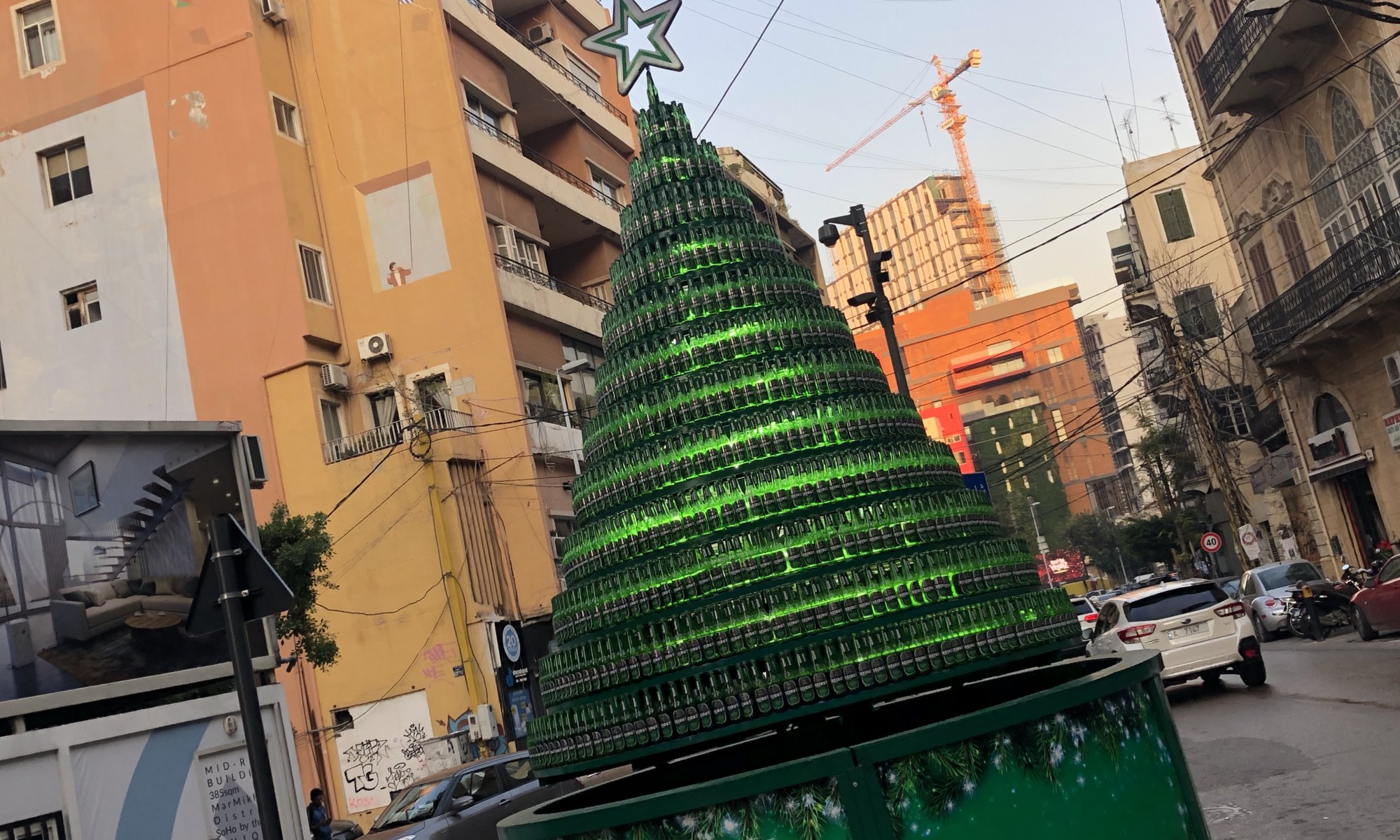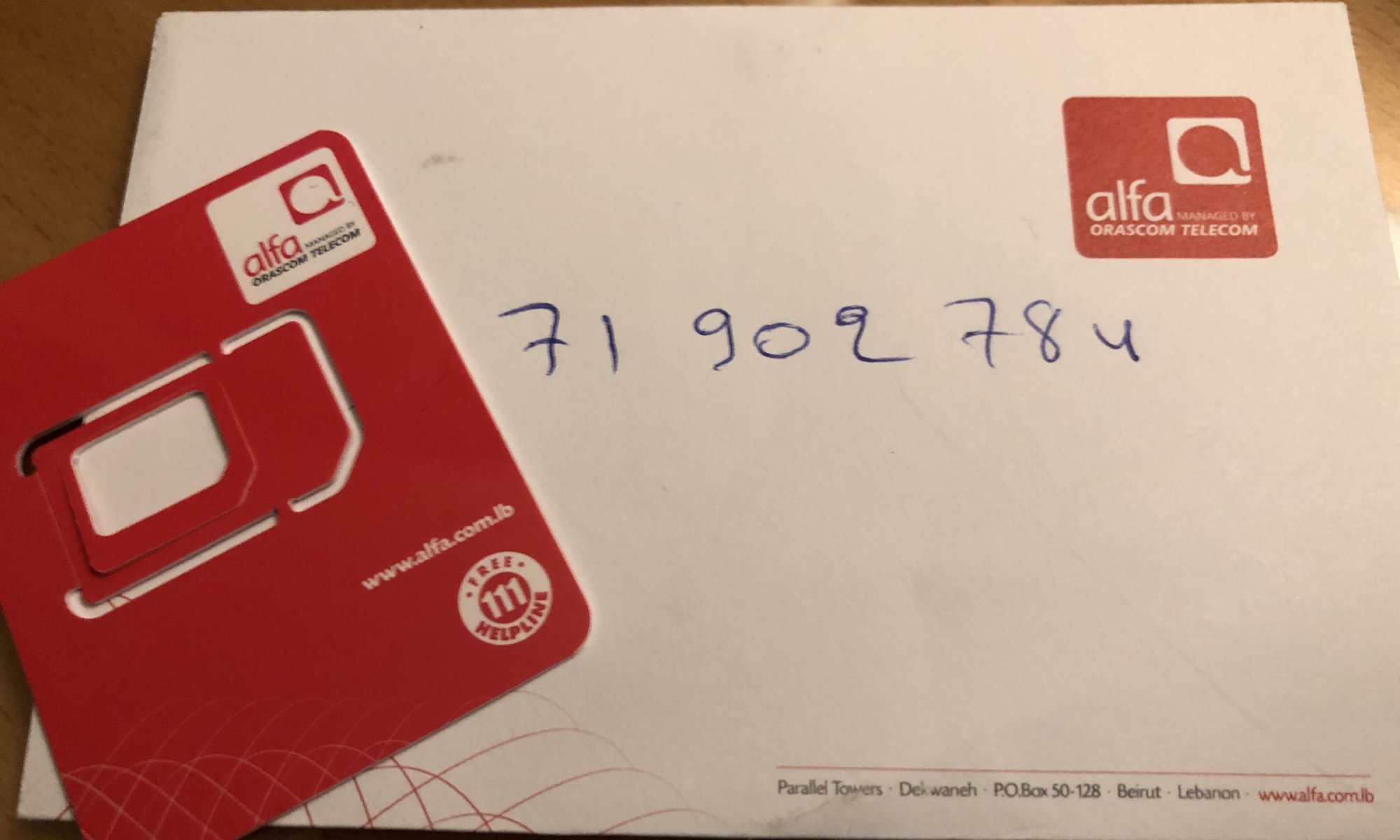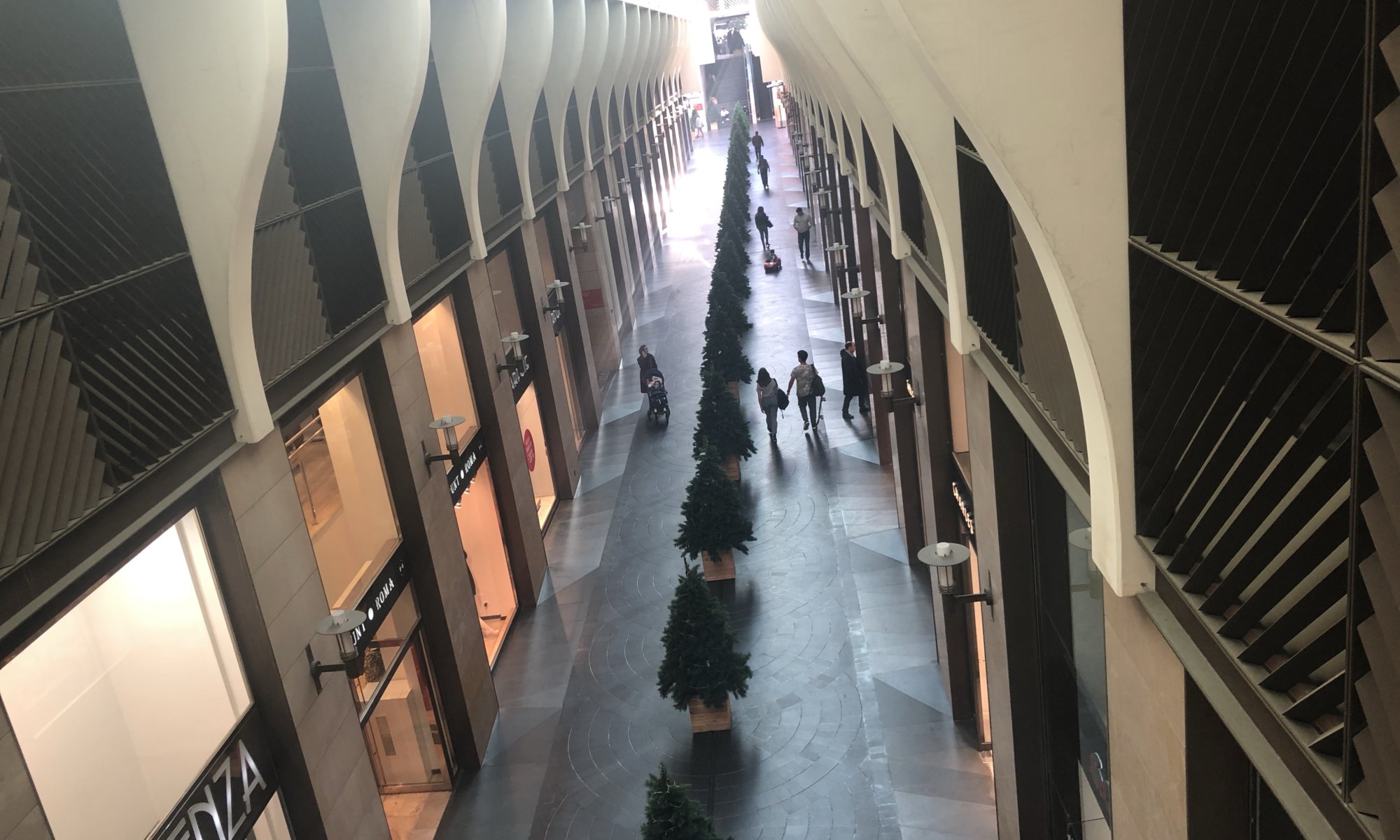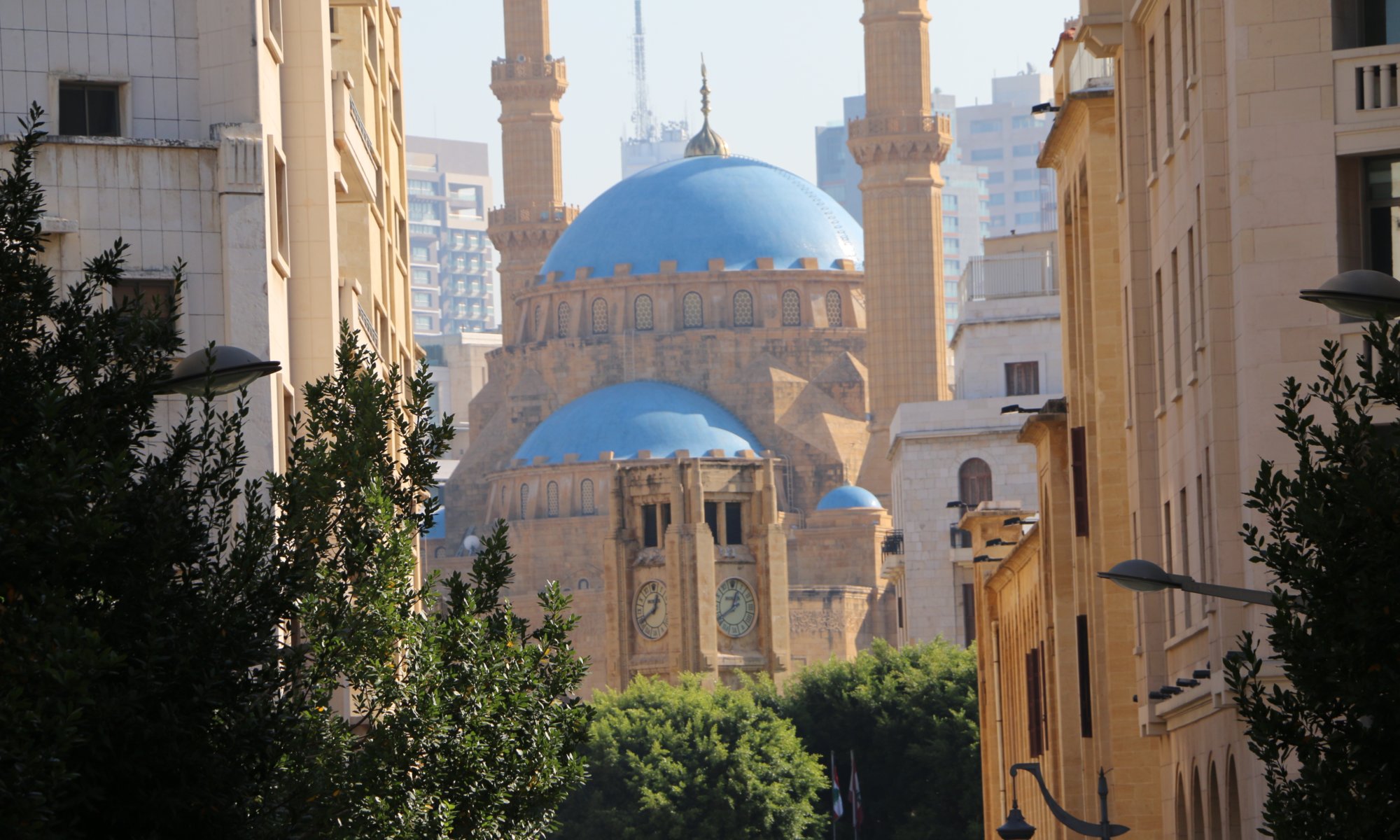You won’t stay hungry at جبيل, Lebanon – there are a lot of good restaurants located around the old harbour and in the old souk area. If you prefer a more quiet option than the Malena might be the right choice for you. It is a hidden gem located close to the harbour of Byblos (Jbeil) and you need to know where to find it. The restaurant has a roofed terrace with amazing views on the harbour and the sea, and it is placed within a nice garden with fruits growing around the restaurant.
Continue reading “Malena”Crusader castle
The crusader’s castle or castle Gibelet at جبيل, Lebanon, is a fortification dating back to the year 1103. When the Christian crusaders came to conquer the Holy Land and Jerusalem they needed ports – and Byblos was one of them. The castle was built from material taken from ancient temples of the city. Still today you can see how they fortified the walls of the castle by using parts of columns of the temples – which consisted of stronger material typically imported from Egypt.
Continue reading “Crusader castle”Rocket man
The most amazing cable car ride of my life! If you want to visit the Shrine of Our Lady of Lebanon located on mountain حريصا (Harissa) 650 meters above sea level you can go by car on bumpy roads up the mountain or you can feel like rocket man by using the téléphérique from Jounieh – a gondola lift with gondolas that are not running continuously but are connected to the system when needed. And these gondolas are started with quite some speed.
Continue reading “Rocket man”Our Lady of Lebanon
Lebanon was supposed to be a Christian state. After World War I a mandate was issued by the League of Nations to France – they were requested to create a new state as a home for the Maronite Christians on the ground of today’s Lebanon. But within this État de Grand Liban there were also some regions with a Muslim majority which wanted to be united with Syria. A source of great conflicts that even became worth when a lot of Arabic refugees arrived from Palestine.
Continue reading “Our Lady of Lebanon”Jeita grotto
At مزرعة الراس, Lebanon, in the valley of the dog river you can find a giant flowstone cave called the Jeita grotto. It is 10 km long and separated into two parts: the upper grotto is the opposite of narrow (with heights of more than 100 meters) and you can see spectacular formations and very long stalactites (up to 8.2 meters long) while walking 700 meters through the grotto. The lower grotto is rather short but contains an underground lake on which you can have a short boating tour (400 meters). The navigation skills of the staff are quite impressive.
Continue reading “Jeita grotto”Corniche
If there would only be one place for a nice walk at بيروت, Lebanon, it would be for sure the Corniche – the 4.8 kilometres long promenade along the coast of the Mediterranean Sea. It starts in the West of the city and leads then along the North of the city centre next to a street called Avenue de Paris. Along the way, you can see the lighthouse of Beirut and the famous Pigeon’s rocks. The Corniche is often filled with people walking, chatting, playing chess or fishing.
Continue reading “Corniche”Armenian quarter
If you’re looking for good bars and restaurants at بيروت, Lebanon, you will be often pointed towards the Armenian quarter in the primarily Christian part of the city. This region of Beirut is easy to find as the road is also called Armenia and the bars and restaurants are lined up at this road are can be found close to it. Sometimes it is referenced to as Mar Mikhael but that is only half the truth; this interesting area partially also belongs to the city quarters Geitawi and Qobayat.
Continue reading “Armenian quarter”Stay connected
When I went to Lebanon I decided to get a local SIM card for my mobile phone. And that was a very easy decision as my provider Deutsche Telekom places Lebanon into its horrible Ländergruppe 3 (the group of countries with the highest roaming costs) and doesn’t even offer data packages to book. Paying horrible 0.49 Euros every 50 KB (observe the unit, per 50 kilobyte!), making phone calls for 2.99 Euros every minute (or receiving them for 1.79 Euros per minute) and paying 0.49 Euros for every SMS message wasn’t an option. Using just the WiFi in your hotel, in coffee bars and restaurants might be okay. But especially if you want to use Uber to get around or if you travel to rural areas it feels better to have a constant connection.
Continue reading “Stay connected”Souk
If you expect to find a traditional market (souk) at بيروت, Lebanon, you will be pretty much disappointed. The shopping mall Beirut Souks has taken over some structures of ancient markets and you can see some ruins of the old market between the houses but it is really a modern shopping mall. Nevertheless, it might be useful to get here as you’ve got everything in place: coffee bars, restaurants, shops and also a tiny post office a little bit hidden.
Continue reading “Souk”Place de l‘Etoile
The Sāhat an-Nadschma or Place de l’Etoile of بيروت, Lebanon, is an important square in the centre of the city. Different roads lead to it in a star-shaped way and next to it you can find the parliament, the archaeological museum and the Saint George church (a Greek orthodox cathedral). In the middle of the square, you can find an ancient clocktower from the 1930s. The area was once filled with bars and coffee bars that were destroyed during the Lebanese civil war.
Continue reading “Place de l‘Etoile”